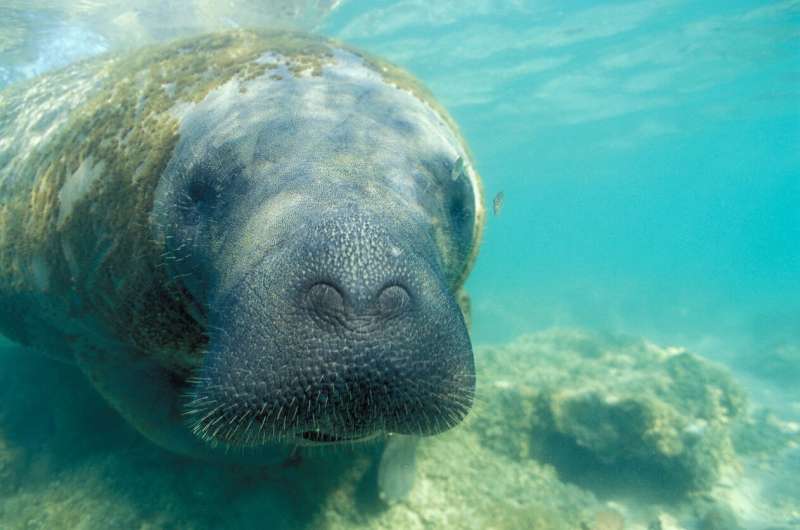This article has been reviewed according to Science X's editorial process and policies. Editors have highlighted the following attributes while ensuring the content's credibility:
fact-checked
peer-reviewed publication
trusted source
proofread
Flagship individual animals found to boost conservation efforts

"Flagship" individual animals like Cecil the lion or Freya the walrus can boost conservation, new research suggests.
Much-loved species like pandas and polar bears are widely used in conservation campaigns. However, a new study argues that individual animals or plants can also be used as flagships, with enormous potential to raise awareness and mobilize public support.
The recent outcry over the felling of the "Sycamore Gap" tree in the UK demonstrates the power of individual plants or animals in public opinion.
"Flagship individuals typically share some common characteristics," said lead author Ivan Jarić, from the University of Paris-Saclay in France and Czech Academy of Sciences.
"They mostly belong to charismatic species, and they often have some particular individual characteristics that make them appealing."
"They frequently interact with humans, and they typically have unique life stories, such as tragic fate."
"By forming connections with people and generating empathy, such individuals can encourage engagement and behavioral change, attract donations and even spark policy changes."
The paper highlights examples including Lua the Antillean manatee—a species severely depleted by habitat loss and hunting in Brazil.
In 1994, Lua—an orphaned calf—was among the first manatees released in a new reintroduction program.
"Lua quickly became the symbol of the program, being used in local media and community activities to gain public attention," said Iran Normande, from the Federal University of Alagoas in Brazil, one of the authors of the study."
"Because of her docile nature and willingness to approach humans and boats, Lua gave many people their first contact with a wild manatee."
"This helped to create a local sustainable tourism industry that currently supports up to 400 families."
"Lua—now 'middle-aged' at 31—was the first released manatee to successfully breed in the wild, and has had six calves."
However, this example also highlights the potential downside of flagship individuals, as some visitors have fed Lua potentially harmful things including beer and fried fish.
"If properly implemented, the promotion of flagship individuals can produce substantial benefits for conservation from local to global scales," said Dr. Sarah Crowley from the University of Exeter, another co-author of the study.
"This needs to be done with care—both to avoid harm to the individual, and to prevent the spread of false or distorted information."
"More research is now needed to identify how to promote flagship individuals in a way that generates wider support for conservation, attracts new audiences and limits any potential harm."
The work is published in the journal Frontiers in Ecology and the Environment.
More information: Ivan Jarić et al, Flagship individuals in biodiversity conservation, Frontiers in Ecology and the Environment (2023). DOI: 10.1002/fee.2599
Journal information: Frontiers in Ecology and the Environment
Provided by University of Exeter




















